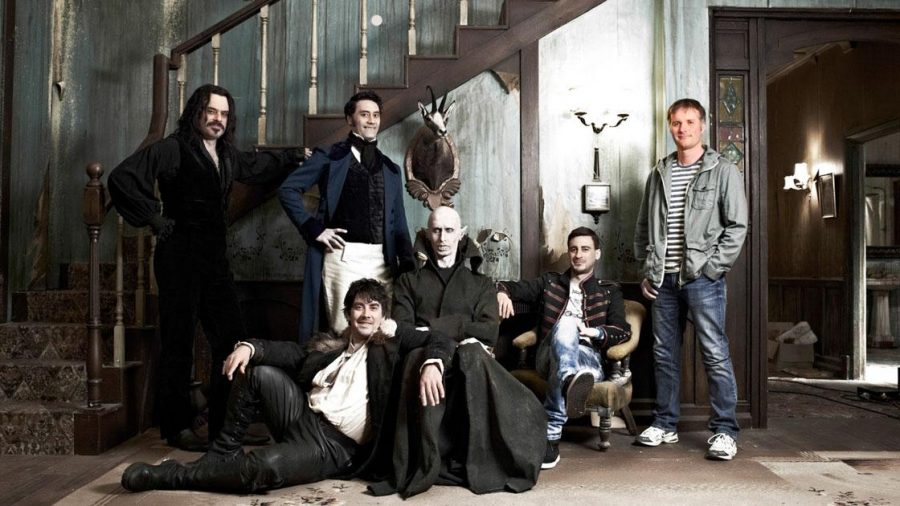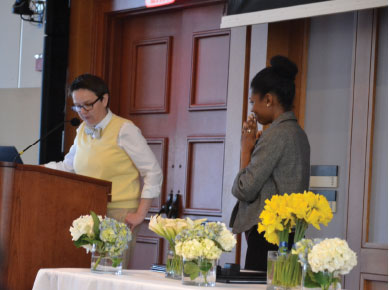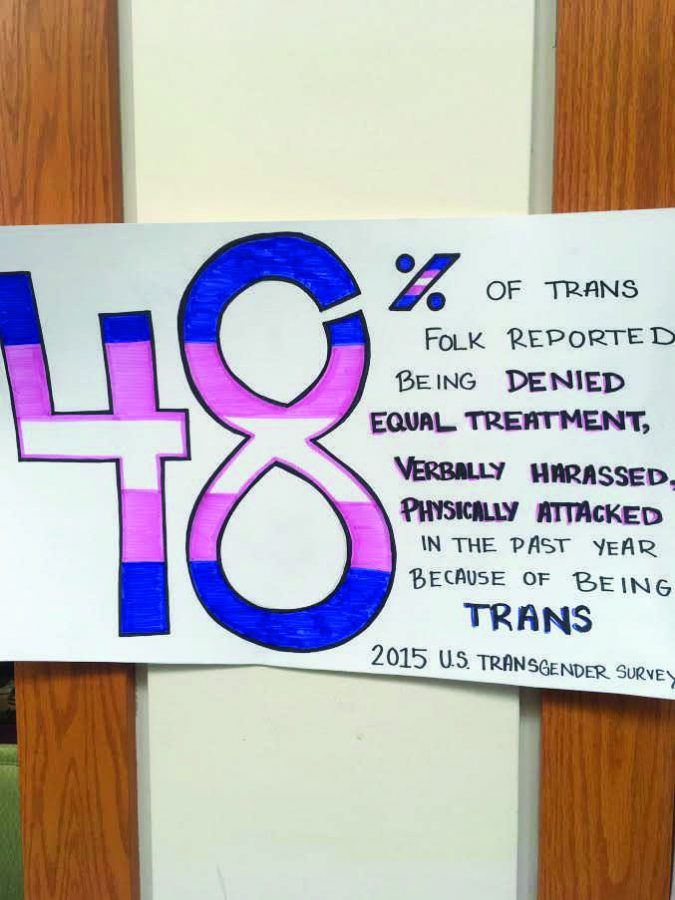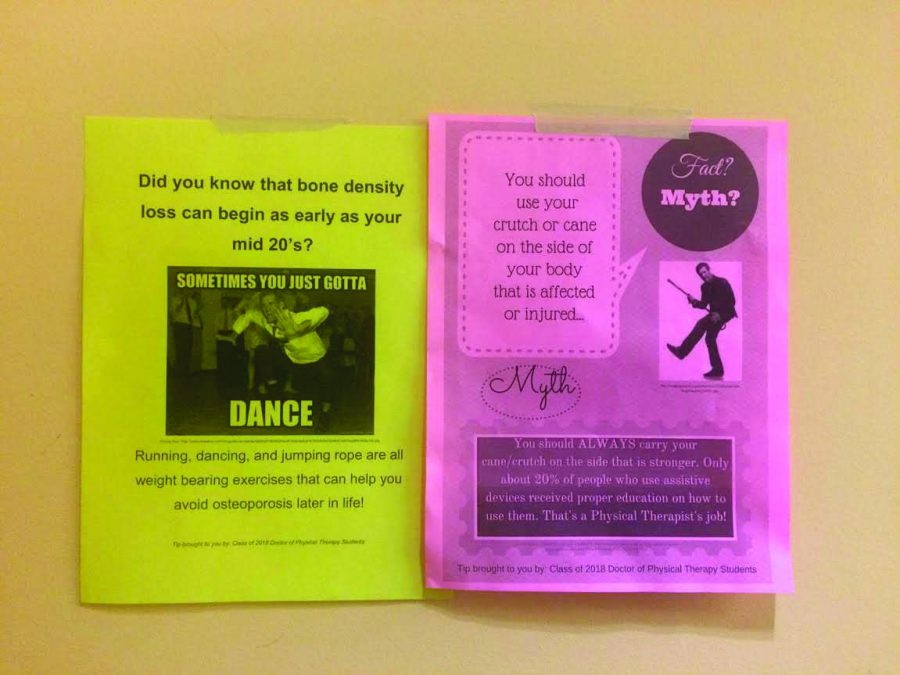By Lisa Nault
Staff Writer
The semester is almost over. It has been fun writing reviews of films for the Voice and now I will reflect on films I found to be good and bad. Enjoy.
In September came “Prisoners” starring Hugh Jackman, Jake Gyllenhaal, and Paul Dano. The film was the perfect combination of suspense and psychological turmoil. The dark atmosphere from the lighting and general muted color scheme adds to the depravity of the story line. The acting is so authentic that the audience can feel the emotions of the characters they have become invested in. It is a great film with a new perspective on vigilante justice that has not gotten the recognition it deserves.
Speaking of vigilante justice films, in December “Out of the Furnace” took a shot at telling its story. Starring Christian Bale, Woody Harrelson, and Casey Affleck, the film proved that not even great acting can save a terrible plot. The actors gave their all but the jumping to the future cuts left little room for well-rounded character development. If you watch the trailer, that is pretty much the entire movie. Overall, the movie leads up to a disappointing finish. The last scene in the movie is thrown in and not explained before the credits roll, leaving the audience unhappy. To see a good vigilante movie, watch “Prisoners.”
These next two films were huge hits at the Oscars and they have been credited extensively for their brilliance so I will write briefly about “12 Years a Slave” and “Gravity.” Both films had incredible performances that made the audience sympathize with their struggles. “12 Years a Slave” had a beautiful soundtrack, composed by Hans Zimmer, and had a strong symbolic color scheme of black-on-white/ white-on-black to enhance the contrast, revealing perspectives of that time being simply black and white (no room for gray).
“Gravity”’s special effects are simply breathtaking as anyone can see but the film did something very interesting. The main character is in space yet several times the camera is up close and personal to her. That creates a sense of intimacy so when the film does allow her to float away from the camera a feeling of being overwhelmed is created by the uncertainty and emptiness of the world around her.
In October, the remake of the 1976 classic movie “Carrie” came out. Chloe Grace Moretz and Julianne Moore star in this horror remake that had no chance in surpassing the original. Chloe was the wrong choice for the lead and even though she did a fine job trying to play the role, she was just not cut out for being the strange, weird, timid, unpopular kid at school. Julianne Moore did her best to compete with the original 1976 Margaret White, Piper Laurie, but that is an impossible task to accomplish. Overall the remake was the exact same film as the original, adding nothing new to the story until the climax, which was 10x better in 1976.
For the January film “Her,” I have one thing to say: It is my new favorite romance film of all time. The chemistry between Joaquin Phoenix and Scarlet Johansson really makes the strange premise of the plot feel real. For some, they were unable to suspend their disbelief and fully commit to the story arc, but for those who can it is worth it. Once you accept the premise of the romance between a human and their operating system the film has so much to offer you.
It questions what love is, and what makes a relationship real. The film does this by interrupting conversations between the leads with cuts to either concrete streets, people working, and other real life moments we see every day or little particles floating in the light, the haze from the sun overhead, and other ethereal experiences. When Phoenix feels the relationship is real the ethereal moments occur but when he has doubts the cold hard reality sets in. I could see this film a thousand times and still love it.
My last negative critique of a film this semester is for “Oz: The Great and Powerful.” Although I loved the homage made to the original by beginning the movie in black and white then changing to color and the world created is also stunning and is a perfect example of a fantasy setting, the plot is predictable. It is obvious what is going to happen, which made the climax unsatisfying. Also, I enjoy Mila Kunis and think she is a fine actress, but she was not the best choice for the role of Theodora. (Spoiler) She comes off as high-pitched and whiny when she becomes the Wicked Witch of the West. She does not pull off threatening in this role. The rest of the cast is okay, but Mila is by far the biggest concern.
My last critique is on the newly released Wes Anderson film “The Grand Budapest Hotel.” It captures Anderson’s visual style perfectly and could easily be described as Wes Anderson doing a Wes Anderson. The shots are very tight and narrow, often featuring characters pressed right next to each other, especially the leads (played by Ralph Fiennes and Tony Revolori). The film contrasts the beauty of language, art, and life with brash language, explicit sexual images, and morbid moments. These contrasts, along with long pauses of silence awaiting the reactions of characters, results in laughter. It is so quirky and bizarre that it works wonderfully as a comedy. It may be too strange for some, understandable for a Wes Anderson film, but if you can go and just see what you think of it.
Those are some of my favorite and least favorite films from this semester that I saw, and I am looking forward to some of the new blockbusters coming out this summer. Have a good summer everyone!


















